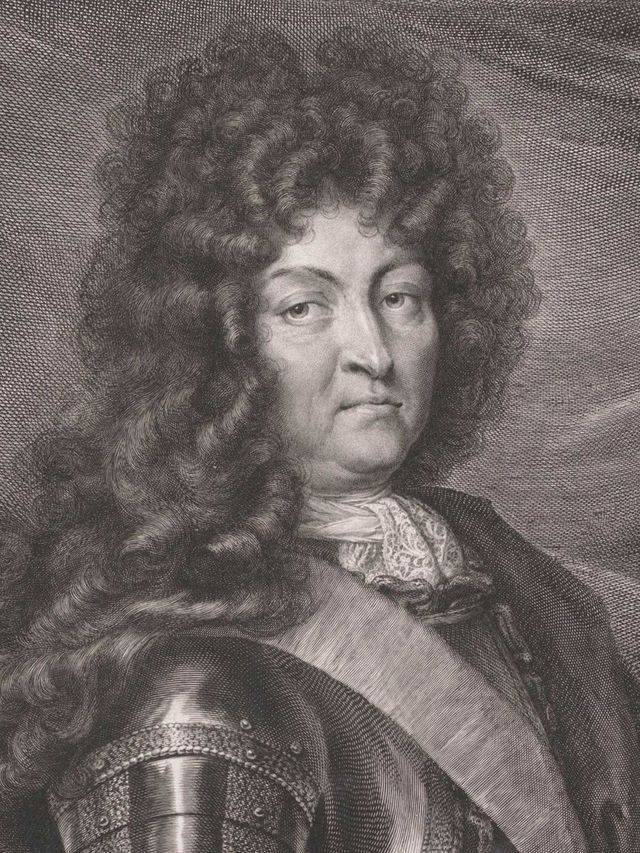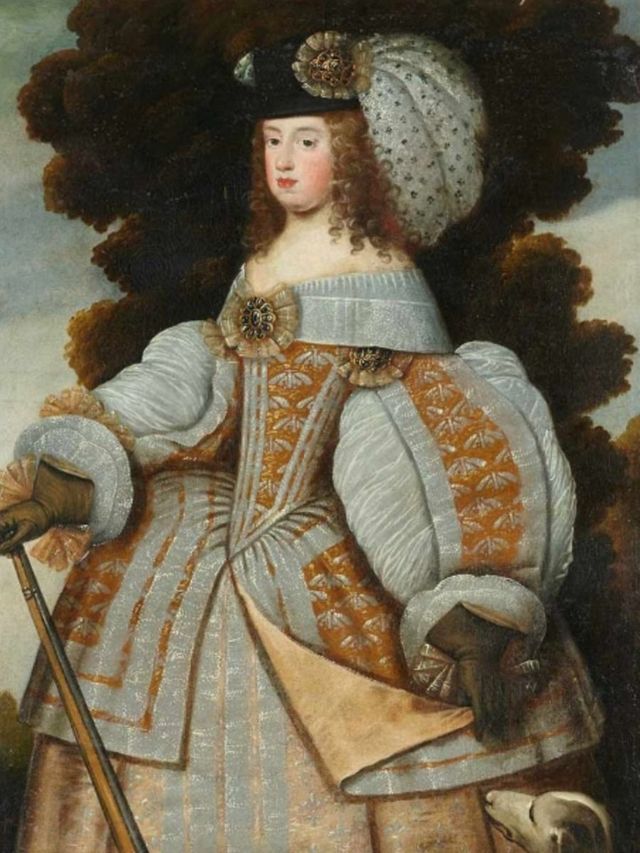King Louis XIV's Basque wedding and the macaroon from Saint-Jean-de-Luz
 Adam macaroons shop | ©Peter Robinett / CC-BY
Adam macaroons shop | ©Peter Robinett / CC-BYWhat’s this?
On the macaroons' box, we can read paré gabéa, which means "unequalled" in Basque... Sure, really unequalled!
Those mellow round macaroons come from pays Basque, made since 1660 by Adam mother company. King Louis XIV’s court was fond of them, they ate them on his wedding day!
They are made with eggs whites, sugar and almonds, valencia or marcona kind... almonds come from Spain: maybe an allusion to Louis XIV’s wife, who was Spanish? Anyway, the recipe is the same since 4 centuries...
The little history
Louis grumbled a little
Saint-Jean’s macaroons were especially created for a wedding: king of France Louis XIV and Maria-Theresa of Austria’s wedding... Austria, but she was... Spanish! It was king of France Henri IV’s grand-daughter and Louis XIV’s own cousin.
And they weren’t in love! Louis was crazy about Marie Mancini, cardinal Mazarin’s niece! His crush even delayed the wedding... Mazarin saw red and exiled the young lady. Well, good thing!
So the wedding happened: the celebration took place in St-Jean-de-Luz on June 9th 1660.
Marriage contract
It wasn’t a pretty romantic wedding... Mazarin, who wanted peace between Spain and France (they were at war for ages), concluded this union in 1659, within the scope of the Pyrenees treaty. This wedding was only a tiny clause among 124 articles!
Infanta Maria-Theresa brought 500 000 golden crowns (a pretty big sum) and gave up her rights on her father’s succession, king Philip of Spain.
The signing of the Pyrenees treaty took place on the Pheasants Island, on river Bidassoa near Hendaye. We were on November 7th 1659...
Velázquez's cold spell
Mazarin, who left Fontainebleau on July 1659, turned up in Bayonne with one hundred musketeers, soldiers, 200 servants and squires, about 10 carriages... Finally, Spanish and French gathered on the small island.
Each one had his own camp, a huge lodge with furniture, covered with golden tapestries. The famous Spanish painter Velázquez especially came to decorate the tent for the treaty signing!
They needed to dazzle the French... The painter exerted himself, day and night... oh, the weather was pretty cold, here. Velázquez started to cough.
Too late: poor Diego died of a damned cold he caught on the island, few days after the end of his work...


